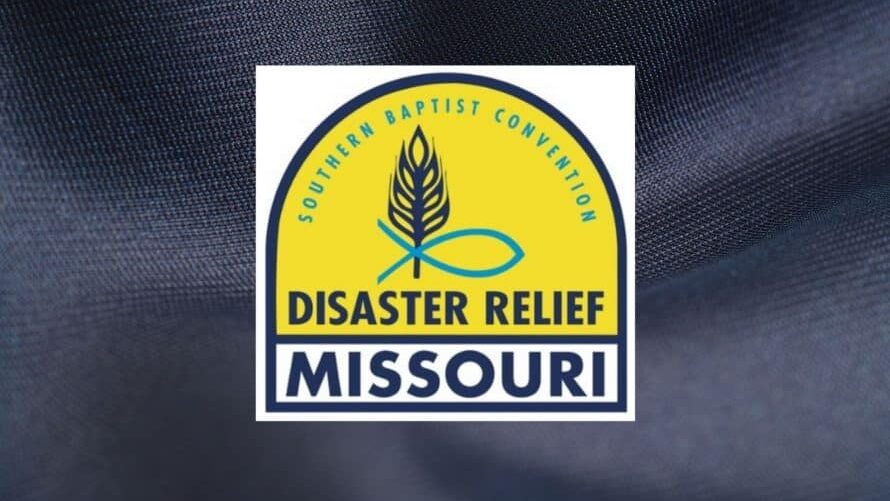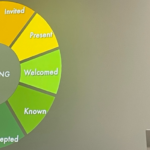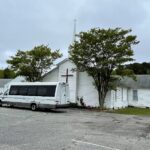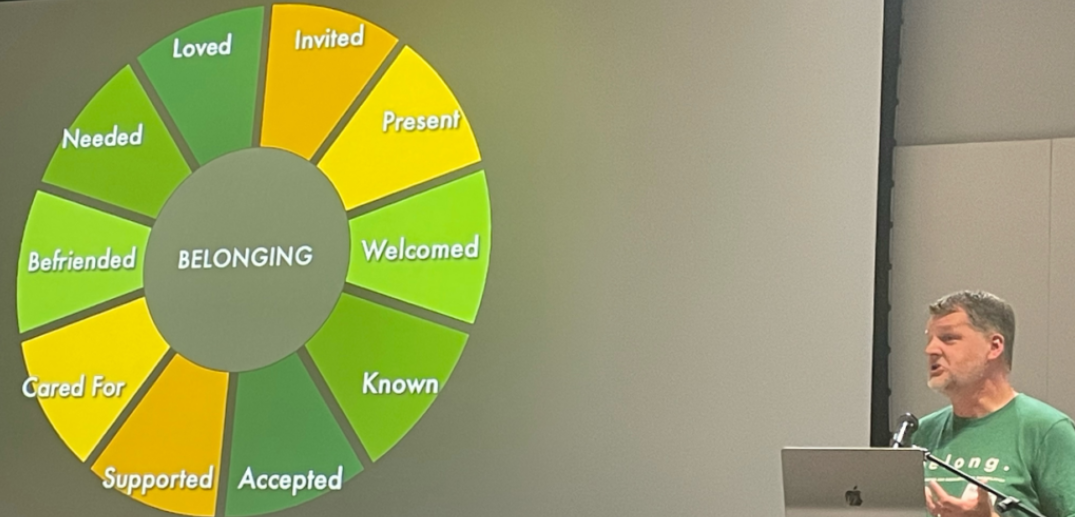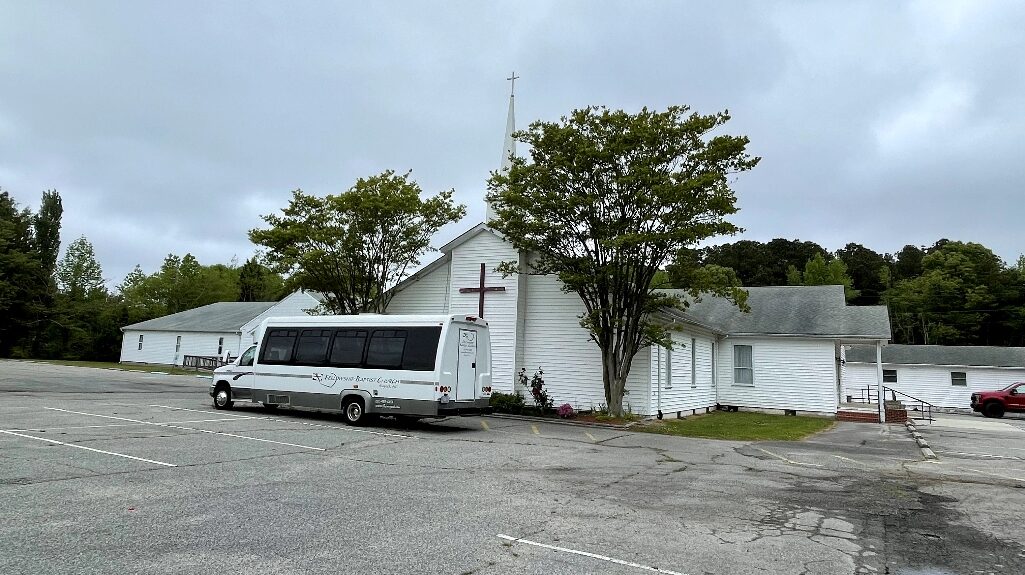What would you do if Disaster Relief came to your area? Would you be ready?
Those are questions First Baptist Hayti, Pastor Mark Hoover says every church should ask, because Disaster Relief workers quickly need local church support when teams move into an area to help communities clean up following natural disasters.
For the church in Missouri’s Bootheel the story is a little different: It’s shared its building resources with DR teams since mid-February on an extended project. Teams will remain in Hayti into October.
“We have been blessed to have our church facilities used for the Missouri Baptist Disaster Relief team for most of the year now,” Hoover said.
That’s because DR workers have been doing more than the typical clean-up that can last a few days to several months. DR workers from across the state have headed weekly to Hayti. They’ve repaired two damaged houses and are rebuilding two others that were destroyed in the December, 2021, tornado that ripped a path from northeastern Arkansas through southeastern Missouri, and into western Kentucky.
Team effort
During the clean-up phase following the tornado, uninsured homeowners asked DR for help in repairing and rebuilding their houses.
“This is a new facet of Disaster Relief work in the state of Missouri,” says Tom Malott, the rebuild coordinator for the 2021 Hayti Tornado Disaster Relief project. “This is the first time we’re aware of that Missouri Disaster Relief teams have ever built from the ground up.”
“We’re in this as a team in Christ,” Hoover says. He encourages churches to have a strategy in place before DR teams come to town because disasters can strike anywhere. When responding DR teams move in quickly to serve communities they need local resources such as lodging, sanitation, food, and storage facilities.
Hoover says when DR leaders asked for space to house workers the decision was easy for First Hayti because the church already had the physical resources and the mindset.
“If we’re able to help,” he says, “We’d better. If we’re able to help and we don’t, we answer to God.”
The church provided utility services, water hook-up for the mobile shower, use of the church kitchen and bathrooms, parking lot space for tractors and other equipment, storage facilities for tools and materials, and classrooms for lodging.
However, he says churches can create a strategy to use the resources they have. Water hook-ups, for example, can supply DR’s mobile kitchens, bathrooms, and showers. A large parking lot can hold equipment and materials.
Malott says using the resources at First Hayti was “a lifesaver.”
He’s had over 100 workers on-site at different times. Teams have ranged from two to 24 workers during the work week. They typically head home for the weekends.
Used for ‘God’s glory’
Hoover says a church “can get protective of our property. Sometimes we treat our church buildings as a sacred property. Let them be used for God’s glory.”
“Our hope,” Hoover says, “is that churches would be welcoming to host Missouri Baptist Disaster Relief teams and other teams when the needs happen. It’s a two-way blessing for the teams and our church.”
The DR teams have been good partners. Hoover says when his congregation of 100-150 gathers for Sunday Bible study and worship, “you’d never know they (DR workers) were here. They never left a fingerprint they were here. They left things just like they found them.”
During the church’s summer Vacation Bible School, which attracted 150 kids, church VBS and construction workers cooperated and coordinated use of the church kitchen and other facilities. “We made it work. There’s nothing that has put our church out in taking care of (the DR teams).”
“We’re the recipients of so many blessings,” Malott says. Besides providing the physical space and utilities, the church “took us in. They loved us. We need that when we’re displaced.”
EDITOR’S NOTE — This story was written by Michael Smith and originally published by the Pathway.

